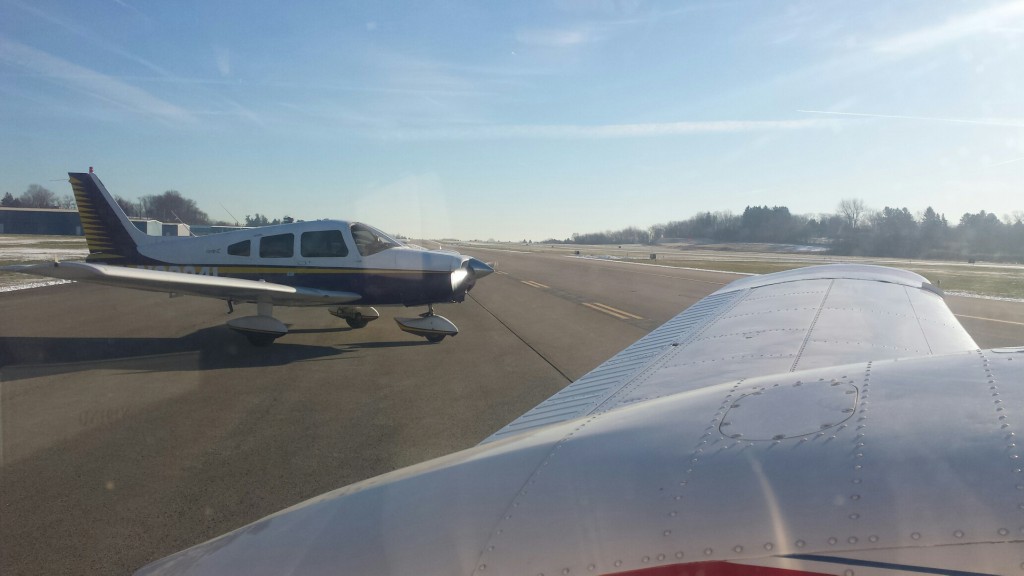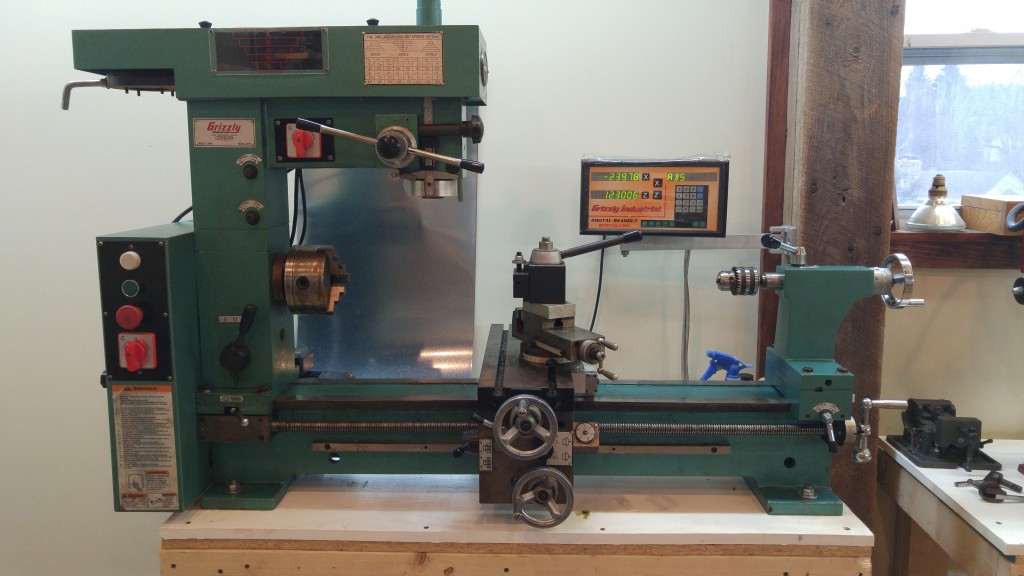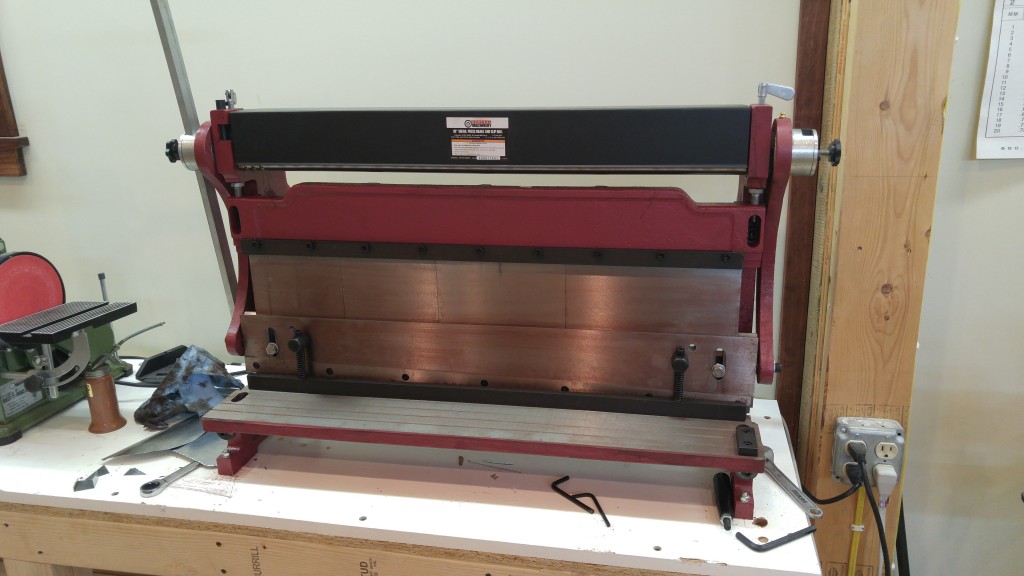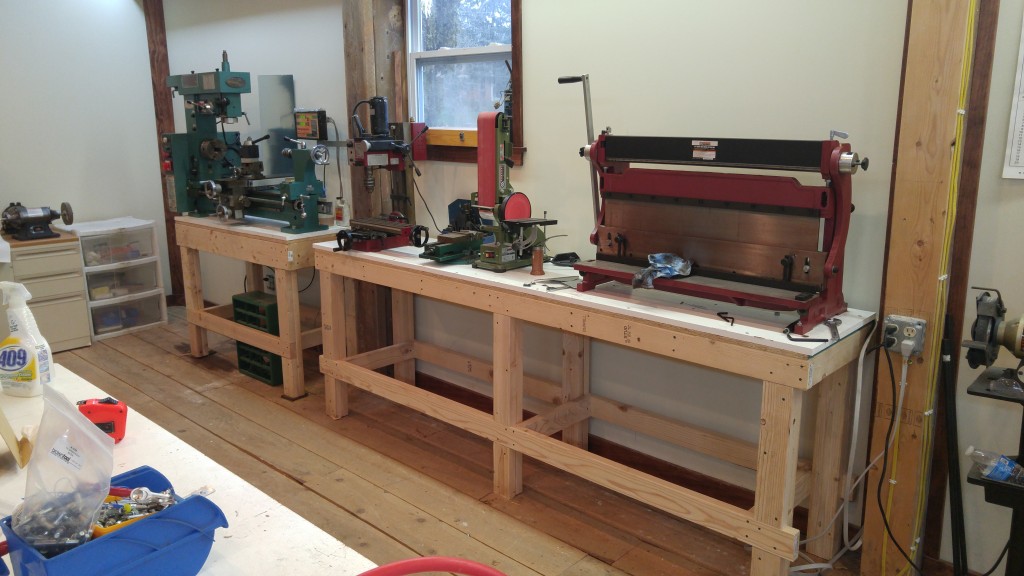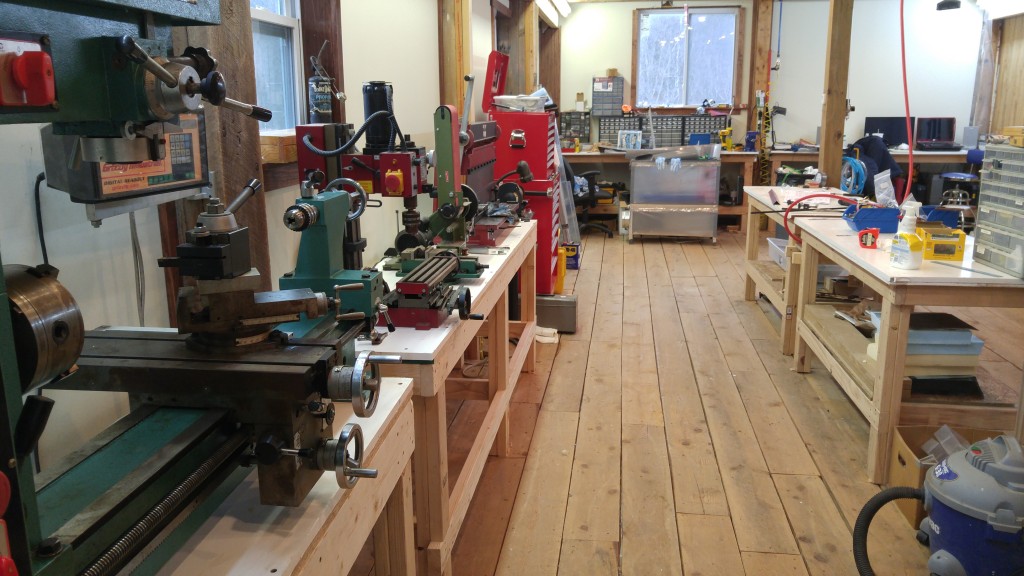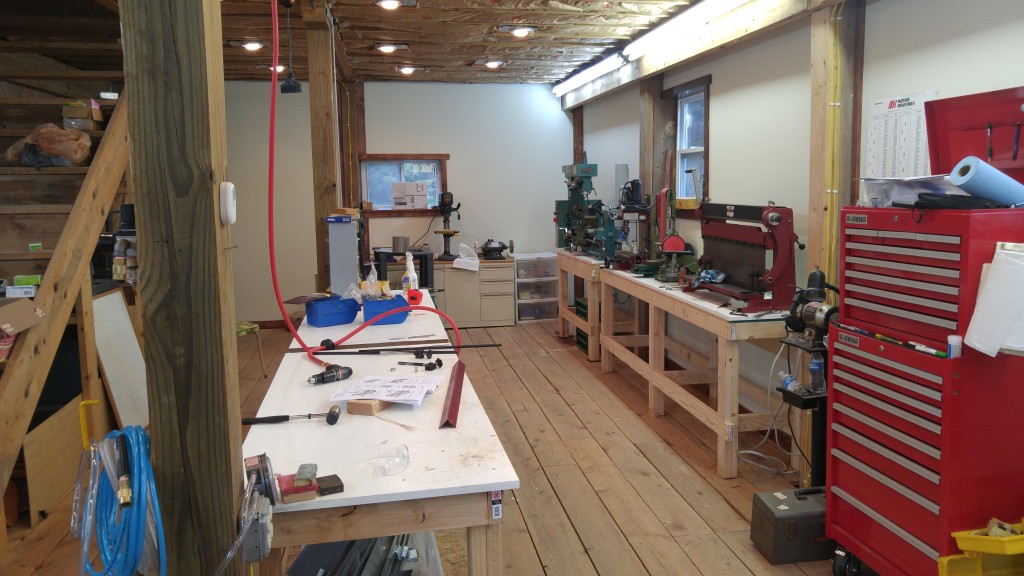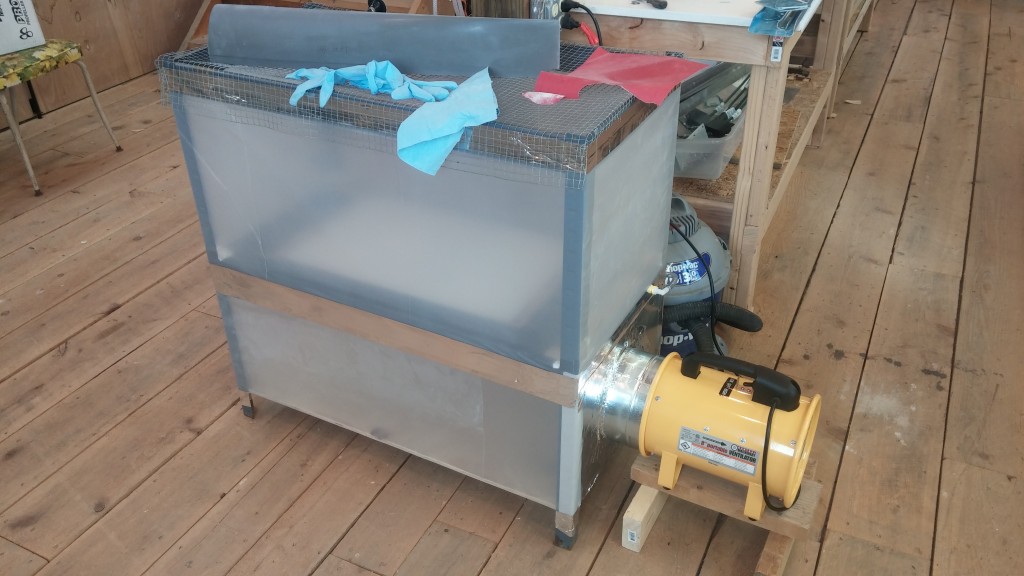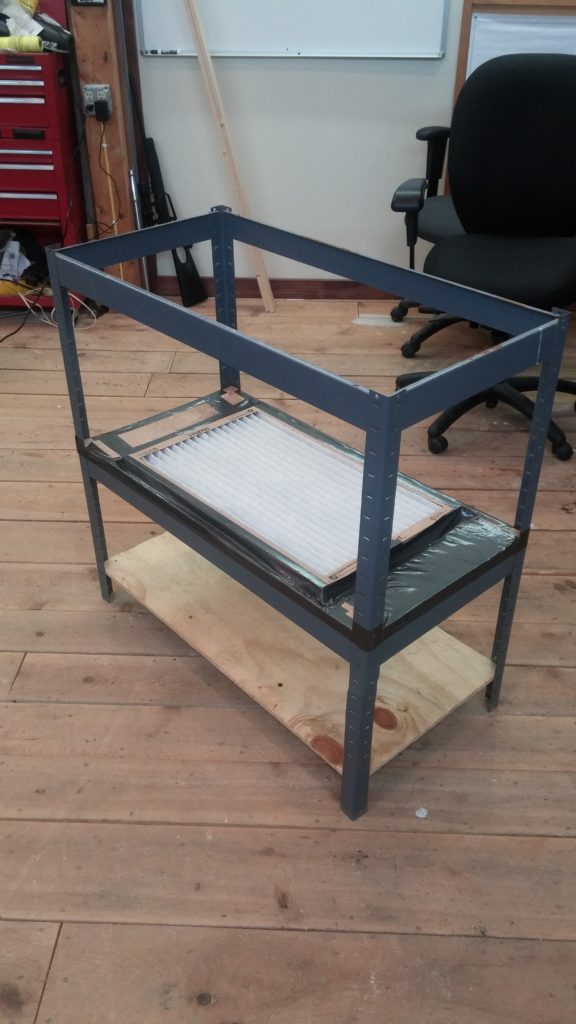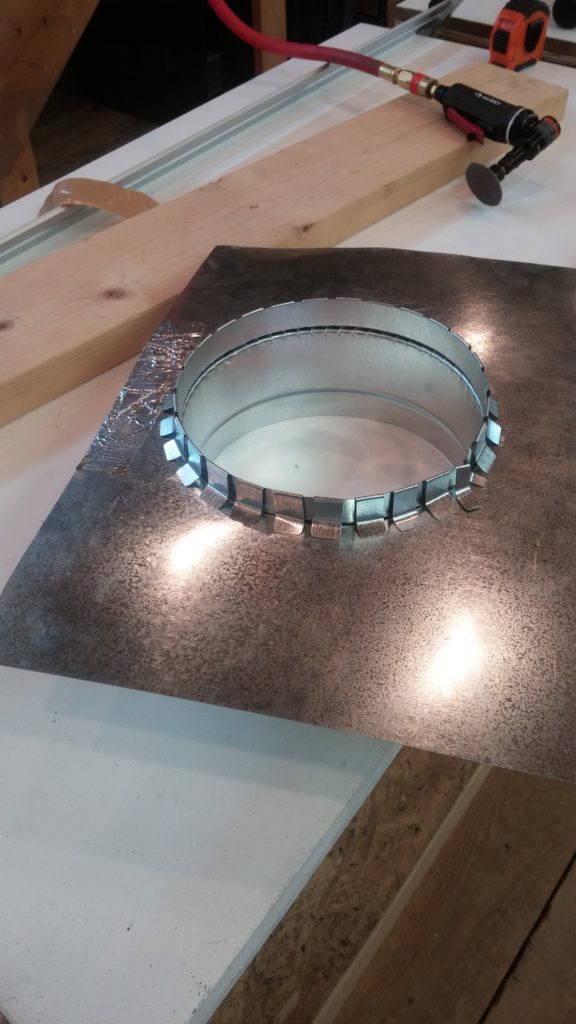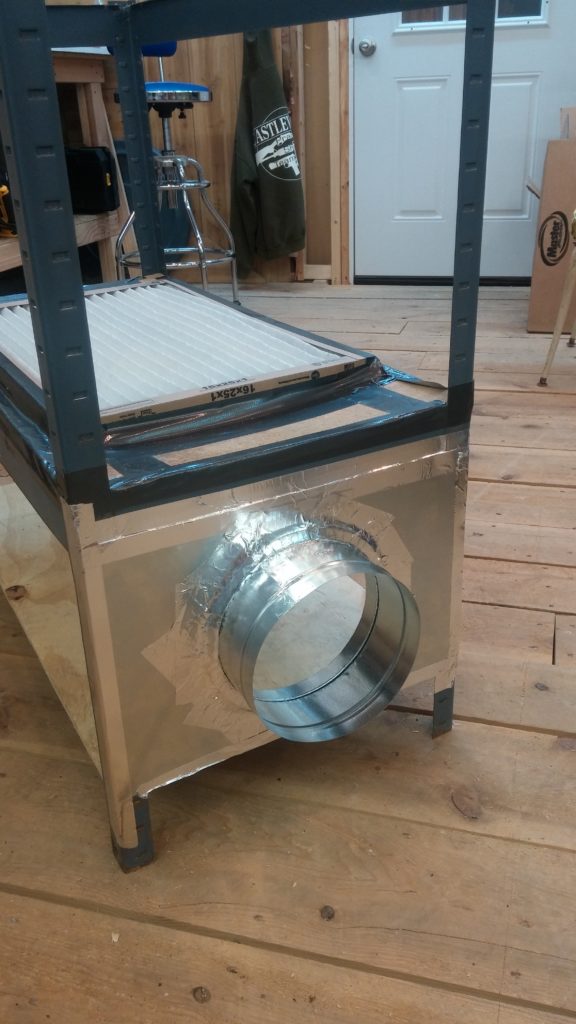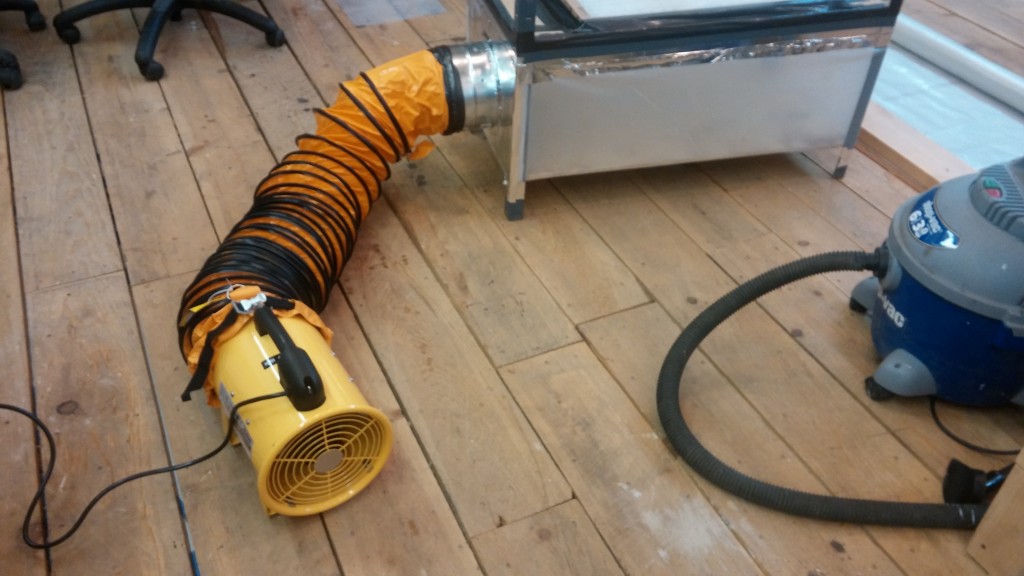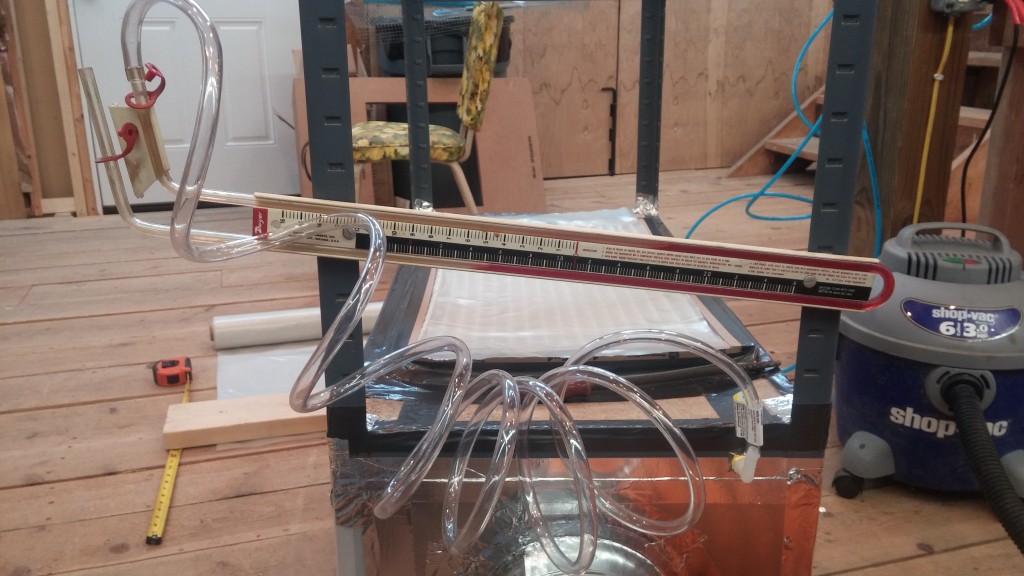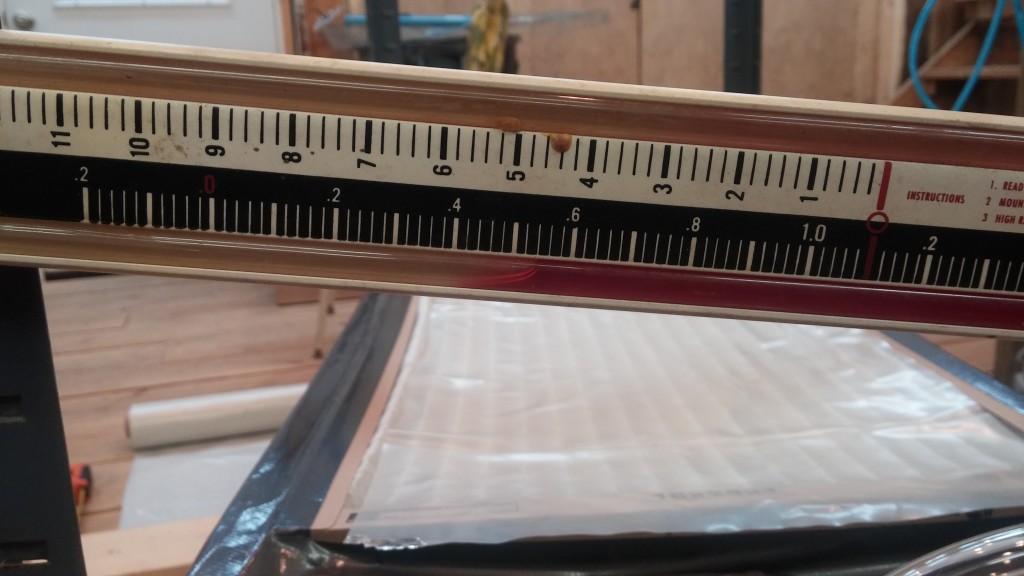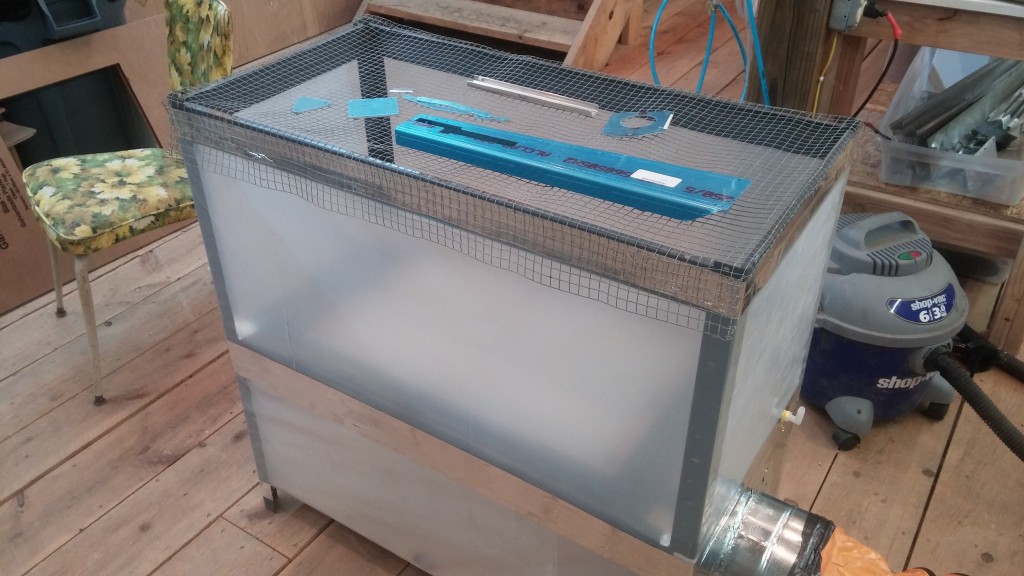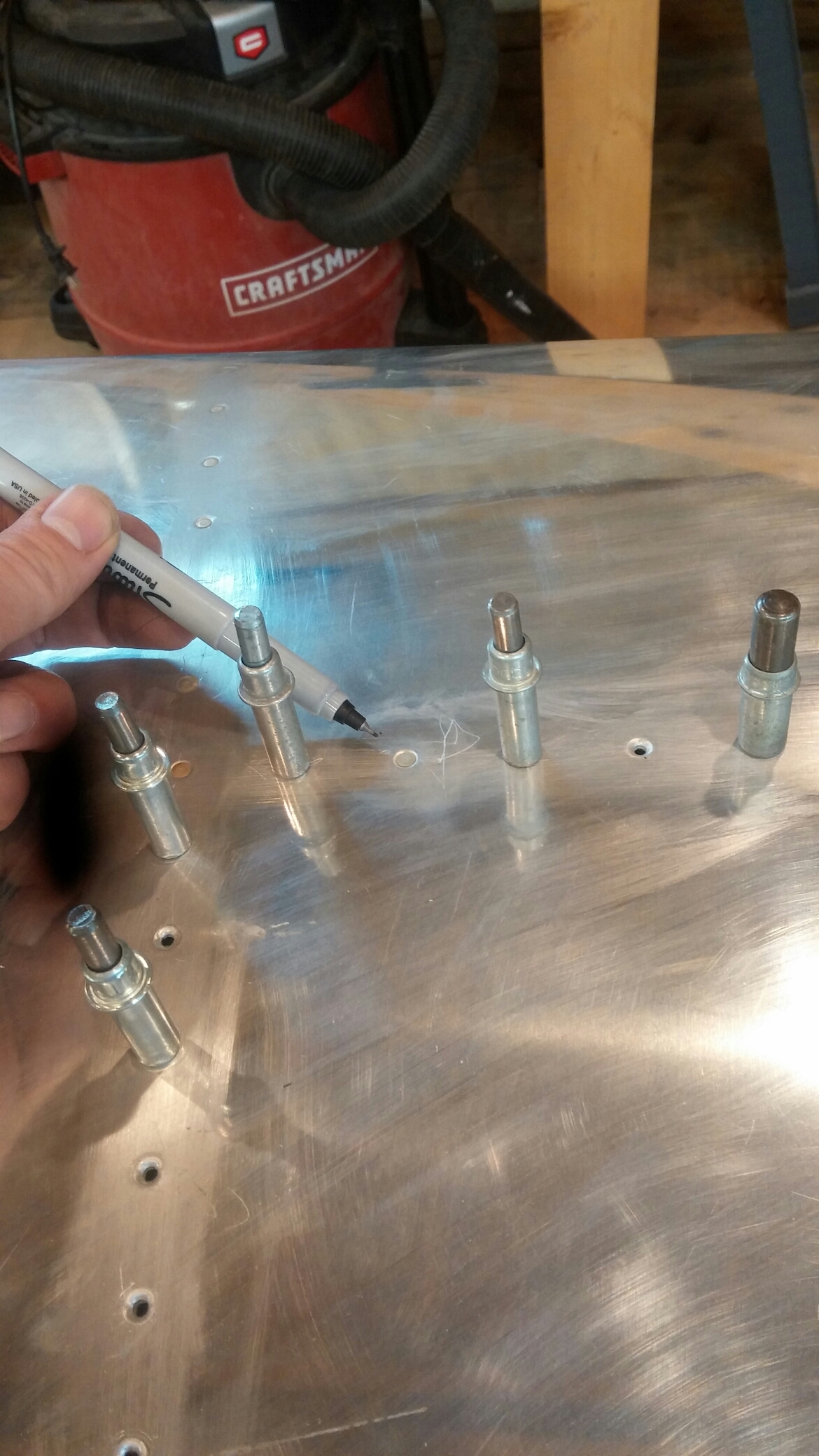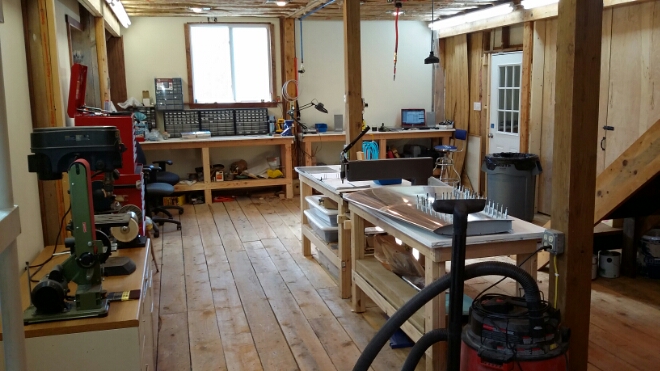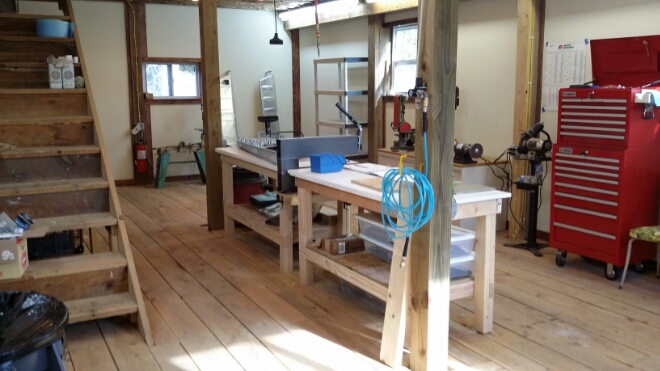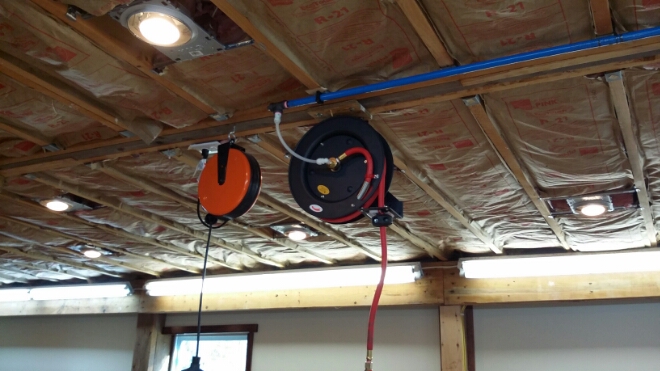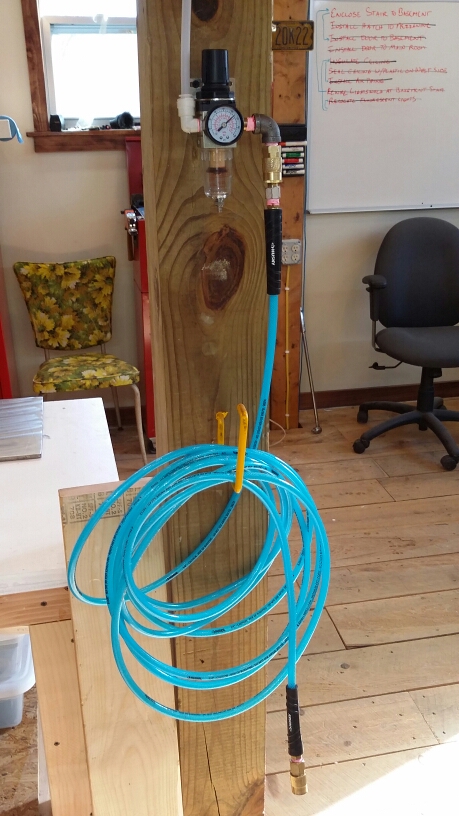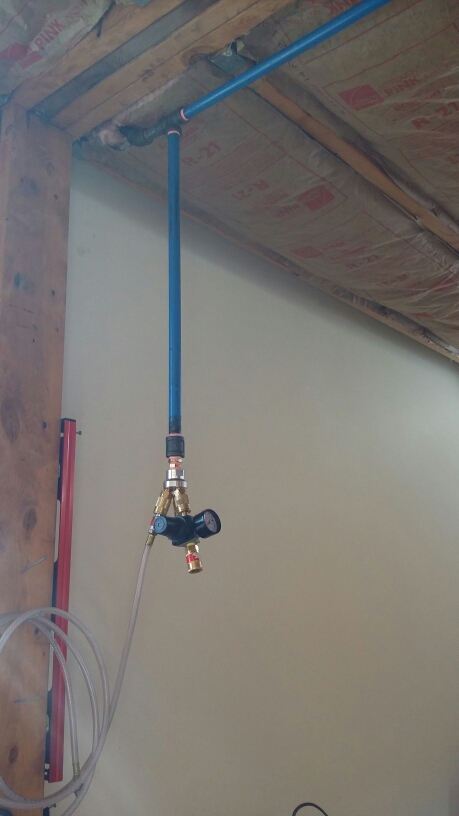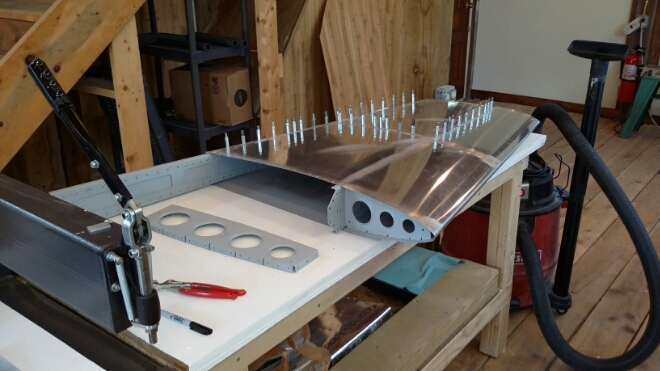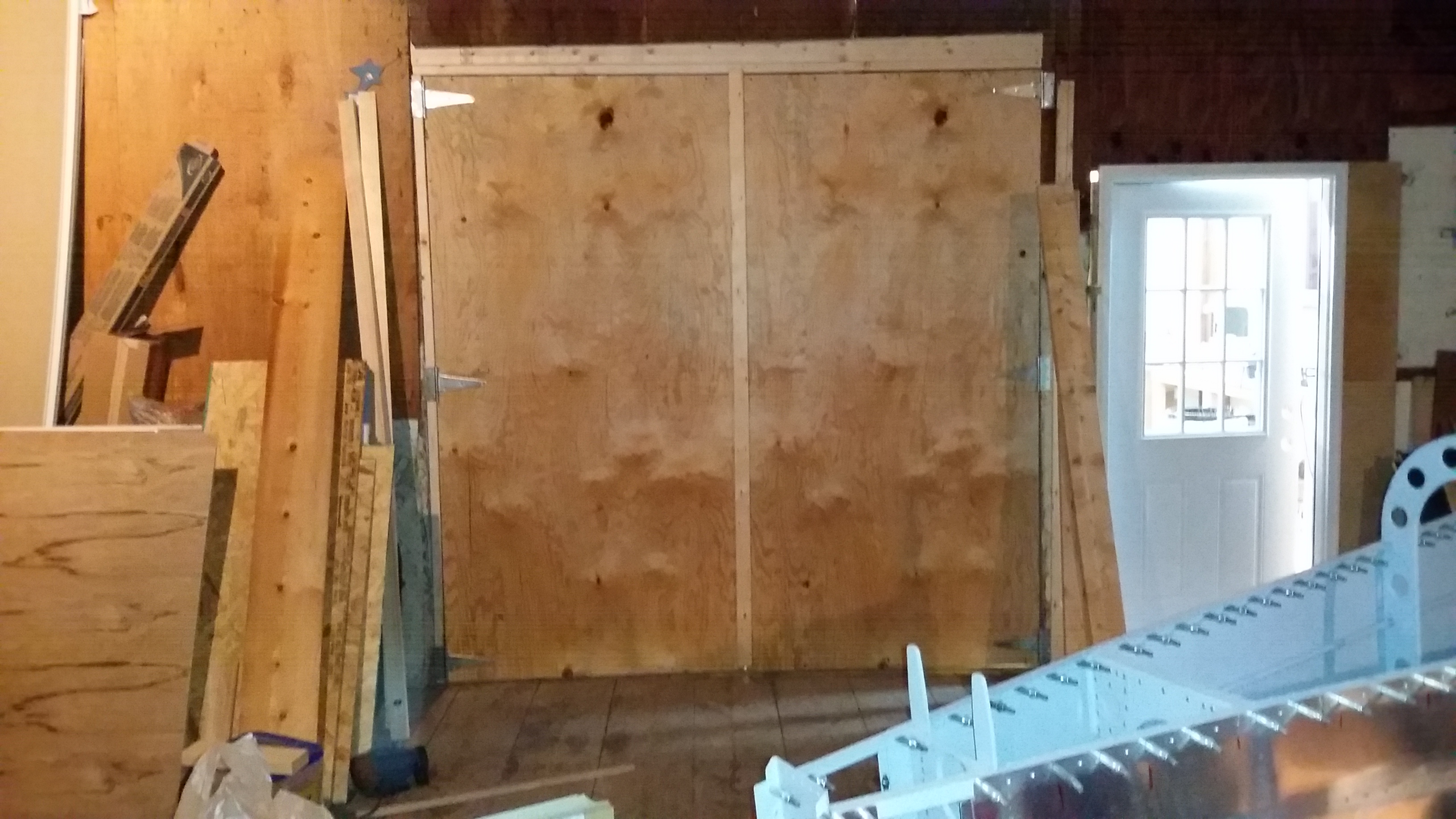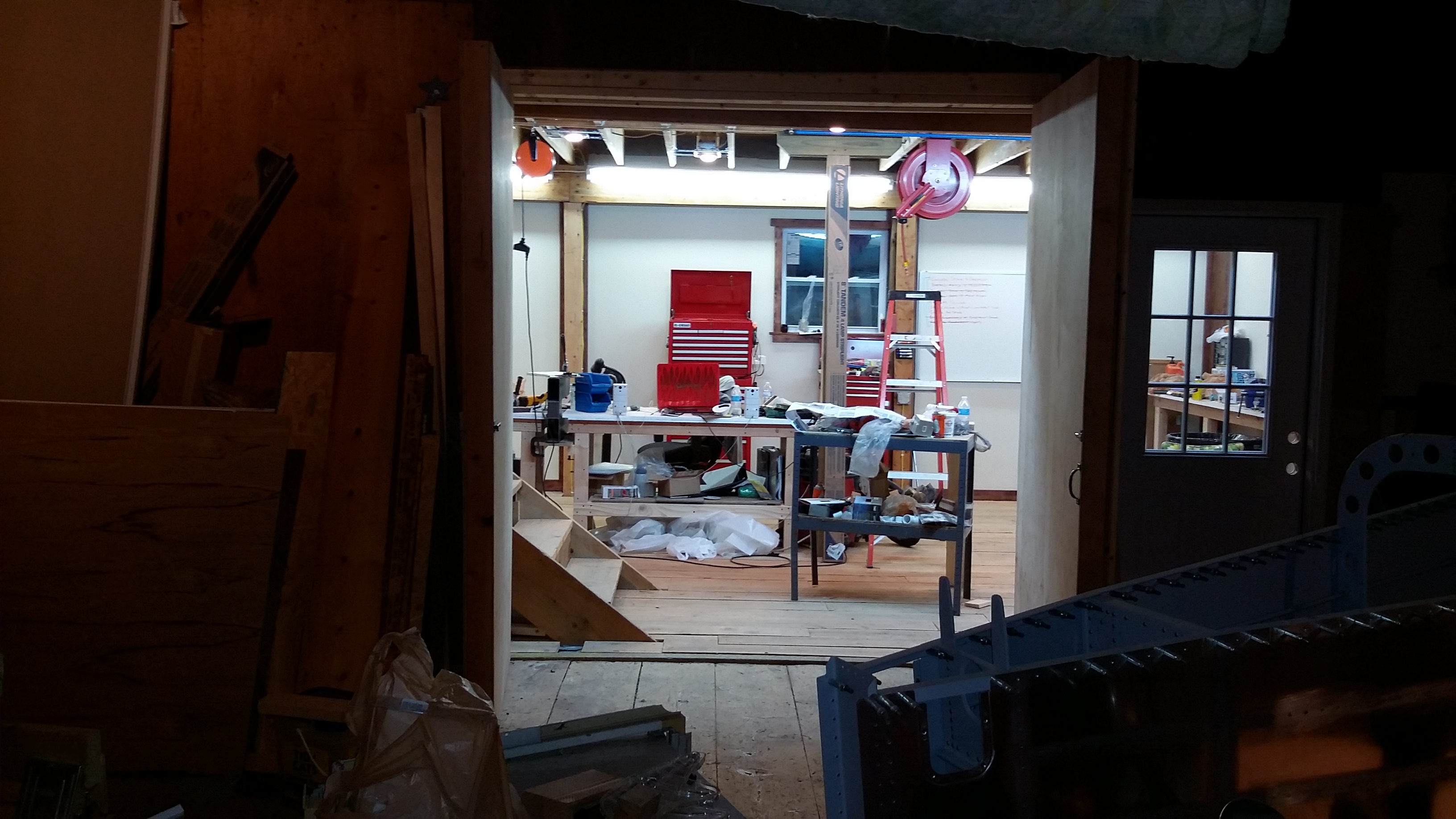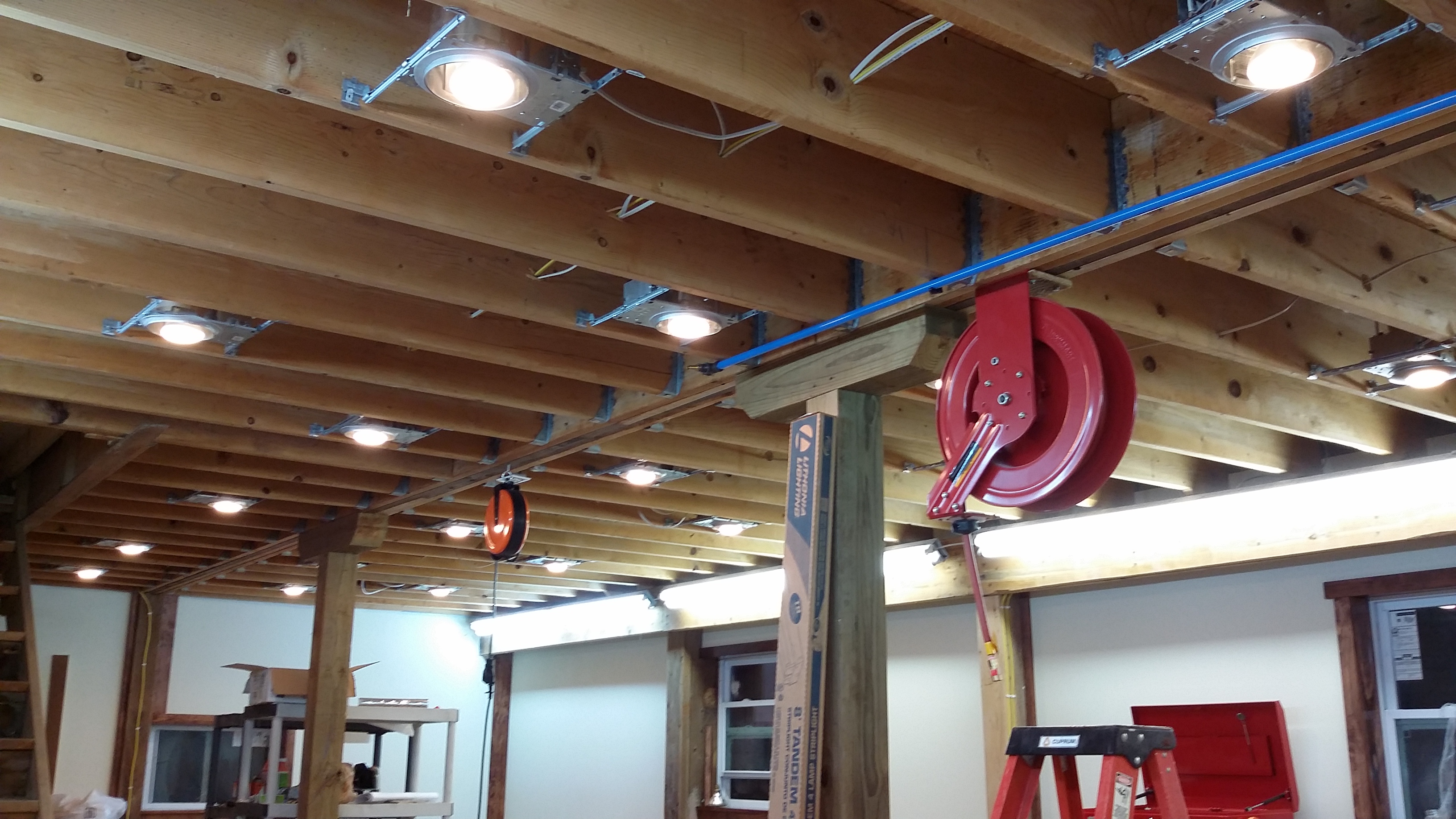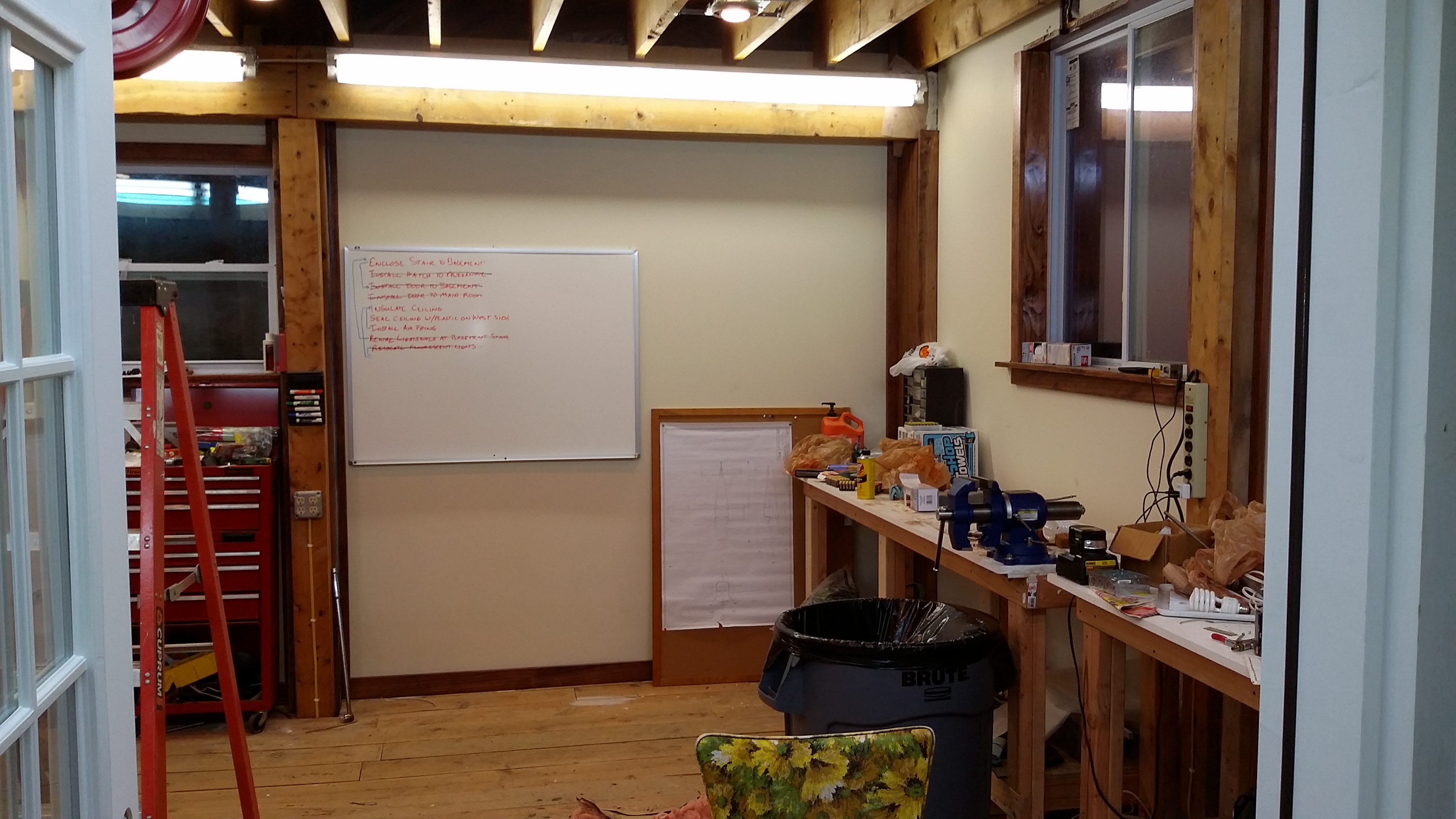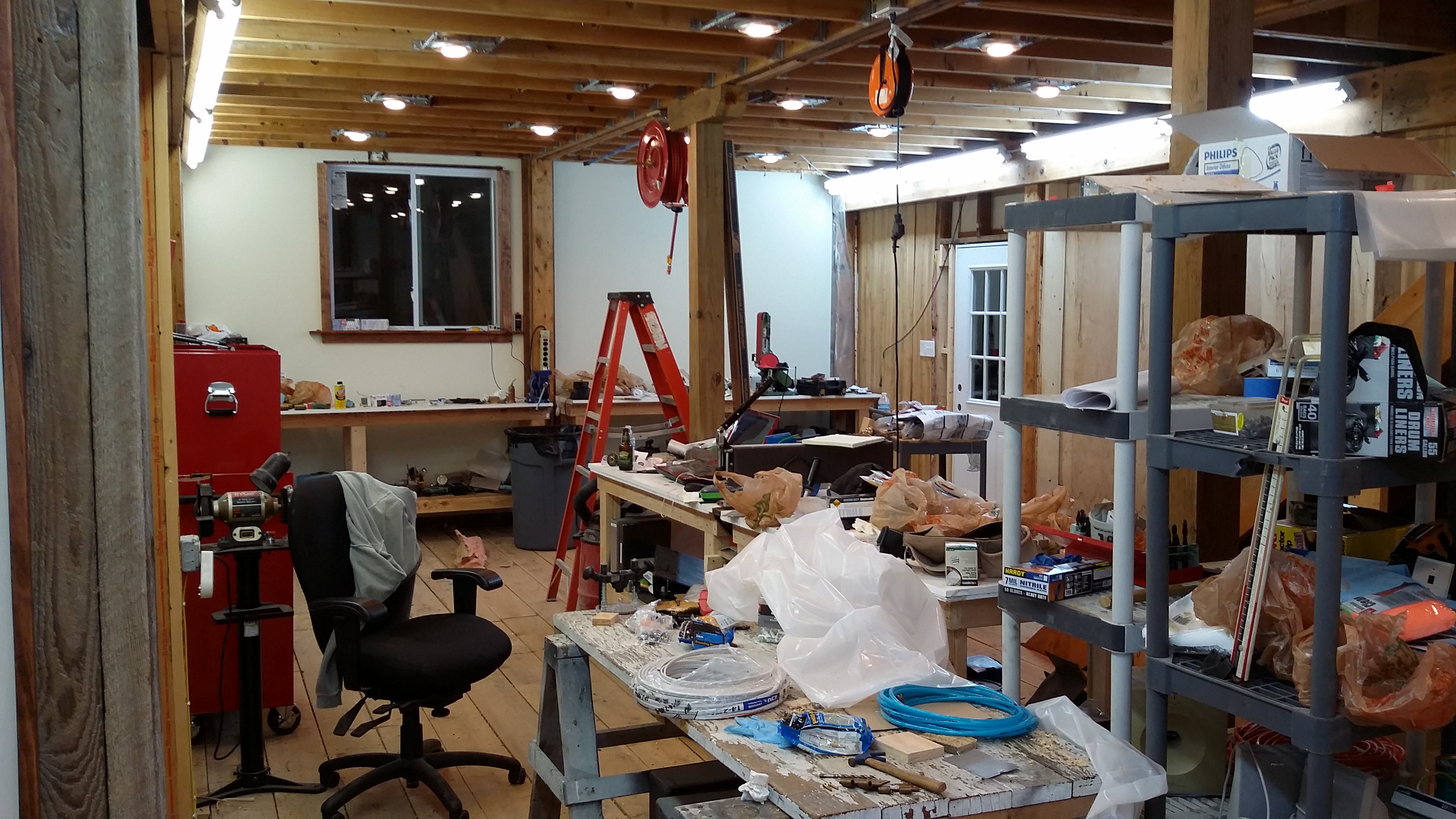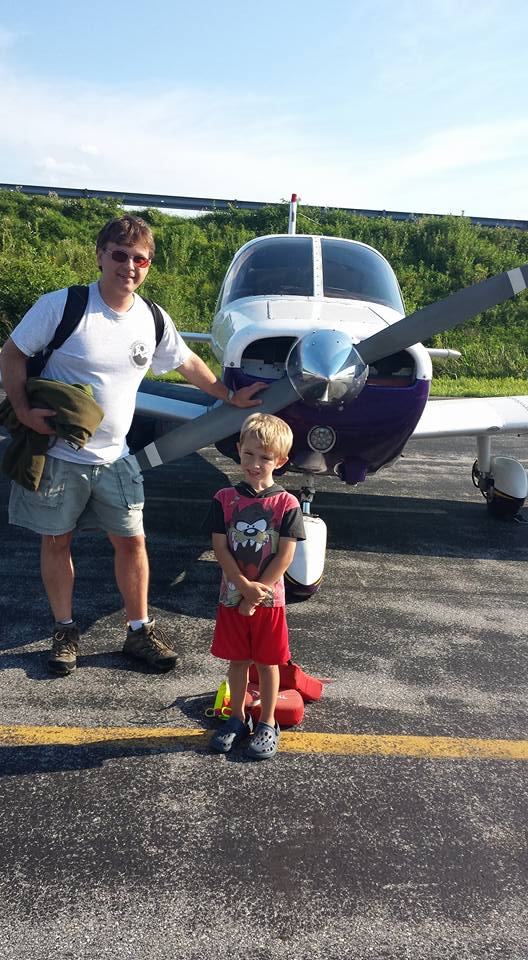I was headed to Huntington, WV via KAFJ two weeks ago when my instructor Rob happened to be on the runup pad next to me in Moore’s Seminole. I was excited to find this waiting in my inbox when I landed!
Workshop 99.9%
For a while I’ve wanted to restore some capabilities I used to have at the old house, namely metalworking tools that have been sidelined since we moved way back in ’14. I’ve been putting this off in favor of getting the workshop improved for winter operations. Now that the shop is properly insulated and heated, etc., I had the opportunity to move the machines back in and get them set up. Pretty much everything has been moved in and installed. There is some cleaning and final leveling and adjustment needed, but that will be on an as needed basis. Now that everything is moved in and warm, I can set the machines up at leisure.
First, I built a table to hold the lathe/mill. I soon remembered just how heavy this thing is, and needed to buy a shop crane to lift it into place (at the old place I installed a temporary overhead hanger for a chainfall, but I didn’t want to do that here). The lathe is now installed on its new table and mostly leveled. The table needs a bit of bracing to make it solid. I’ll tie it into the wall if it becomes an issue.
While I was buying the shop crane at Harbor Freight, I took advantage of their New Year’s Day 25% Off Sale and bought something that’s been on my “want” list for a while.
Now, of course, I needed a new table on which to mount the sheet metal machine. I decided that a single table to hold it and the mini mill was the best idea. I moved the credenza that used to support the drill press and some other tools to the far wall and installed the new table in its place, then lifted the machines up there and installed them.
This represents what I hope is the last bit of tool installation for the shop, and now I will have the capability to make small metal parts that may come in handy during the RV-10 build. My original plan had been to build a metal shop in the basement of the barn, but that was going to require pouring concrete and building a whole new set of walls. My primary project is now the RV-10, so that will have to wait for some time, maybe forever. But at the moment I’m pretty happy with the shop I’ve put together.
The main thing left to do is to install racks and hangers for the various completed aircraft parts that I want to store in the warm shop. I will probably end up bagging the rudder, vertical stabilizer, and elevators and storing them on the mezzanine with the horizontal stabilizer once they are fully complete. The tail cone will have to be bagged and stored on the main level of the barn. I don’t want to risk dropping or damaging it trying to lift it to the mezzanine.
Paint hood plus!
Today I modded the paint hood by placing the blower closer to the bottom plenum and got a much better air flow through it. The face velocity, while I wasn’t able to measure it directly, is quite substantial. I found that it works great for catching sanding dust when working on fiberglass fairings as well!
Small Part Paint “Hood”
I had an idea for a painting “hood” to capture vapors and paint overspray for use when priming and coating small parts. I’ve seen similar things before, and thought I could make my own rather cost-effectively. At first, I was going to build a frame from scratch, but I realized I had an old metal shelf unit sitting around that I wasn’t using, because the shelves were rather weak particle board.
I figured this could be the basis of my painting hood. I did some brief research on fume hoods and found that best practice for paint booths is a minimum face velocity of 150 ft/min (chemical lab hoods are typically designed for 100 ft/min, go figure…) For this shelf, the open top of which measures 18″ x 36″, the minimum flow required to achieve this face velocity would be 675 ACFM.
I hopped off to Harbor Freight and bought one of their 8″ ventilators (rated at 1590 CFM, pressure unspecified) and a flexible air duct. The 1590 ACFM should translate into a face velocity of 353 ft/min. Then, I headed over to Home Depot and bought some additional duct pieces and a cheap furnace filter.
I cut the bottom shelf (which was warped from water damage) to have an opening for the air filter to fit over. Then I duct taped the edges of the hole to provide a better sealing surface. The furnace filter was easily secured to this with duct tape. The furnace filter will operate at an air speed of 572 ft/min.
I had some duct tape and heavy (25 mil) plastic sheeting around. These, combined with the parts I had bought, and a small piece of scrap plywood, yielded this:
I then added a pressure tap and put my manometer to work. The differential pressure across a clean filter is almost negligible. I then covered the filter mostly with a piece of scrap plastic and the differential pressure across the occluded filter measures 0.52 inches of water column at the high speed setting on the ventilator. It will be interesting to see how much the filter changes from clean to dirty and how well it will work. I may have to use a more expensive filter rated for a smaller particle size for paint and primer.
With the dP confirmed, I then finished assembling the unit with more plastic and metallic duct tape. The screen on top should allow for even painting of even small parts.
The ventilator will soon be hooked up to an exhaust duct to pipe fumes out of the workshop. Next step would be to borrow a pitot tube from work that we use to balance dust collector duct work and measure the actual air velocities in the hood and the duct.
Completed Riveting Tailcone Bottom Skin
This evening I completed riveting the tailcone bottom skin F-1078 to the side skins F1073-L&R. I used the back riveting technique that others have used with success. My stainless back riveting plate allows 11 rivets to be done simultaneously. I may make a longer back rivet plate if it becomes an issue.
Also riveted F-1055-L&R to the side skins.
I had two rivets that needed to be drilled out and replaced. One required an “oops” rivet.
Time today 3:03. Total time 19:30.
First Rivet!
Workshop 99%
Well, the workshop is now basically complete for the purposes of building an airplane.
All the utilities, including compressed air and electricity are complete.
Insulation and weather sealing are complete. Machine tools with the exception of the lathe and mill are set. Workbenches are placed and the sound system is functioning.
The only items left to do are:
Hang the ceiling
Build stands for and install the lathe and mill
Purchase metal brake/slip roll/ shear and install it
Finish wall sheeting around doors
Other than those items, which can be completed on the fly while building the airplane, it’s all set! On to finishing the vertical stabilizer.
Workshop Progress
Well, due to a lot of other obligations, I haven’t really begun building the -10 in earnest yet. But that is about to change!
Part of the “other obligations” has been to improve the workshop so I can work in relative comfort year round, in order to hopefully reduce the total build time. This has involved lots of amateur carpentry, drywalling, electrical installation, and in general plenty of relatively satisfying work. I only have a few items left before I can start finishing the tail kit and order the wing kit.
Some highlights:
New large doors (for getting big pieces in and out of the shop–this will be the main exit for the fuselage once it is done)
Ceiling mounted utilities including compressed air and electricity. Plus, LOTS of LIGHT. 21 can lights to provide warm incandescent list (3 switched zones to save power) and banks of fluorescent tubes mounted in the ceiling corners to provide bright flooding light.
A whiteboard for lists, calculations, sketches, etc.
Looking toward the main work area
In general, the shop is now (or will soon be) warm, draft free, and almost outfitted for work. I have to finish the ceiling insulation, build some shelves, and move the lathe and mill in (that may be able to wait a bit) and things will be good to go.
Instrument Rated!
I am pleased to report that I passed the instrument rating practical test yesterday. It has been a long time in the works, and I’m glad to have accomplished it and ready to move on to the next rating!
